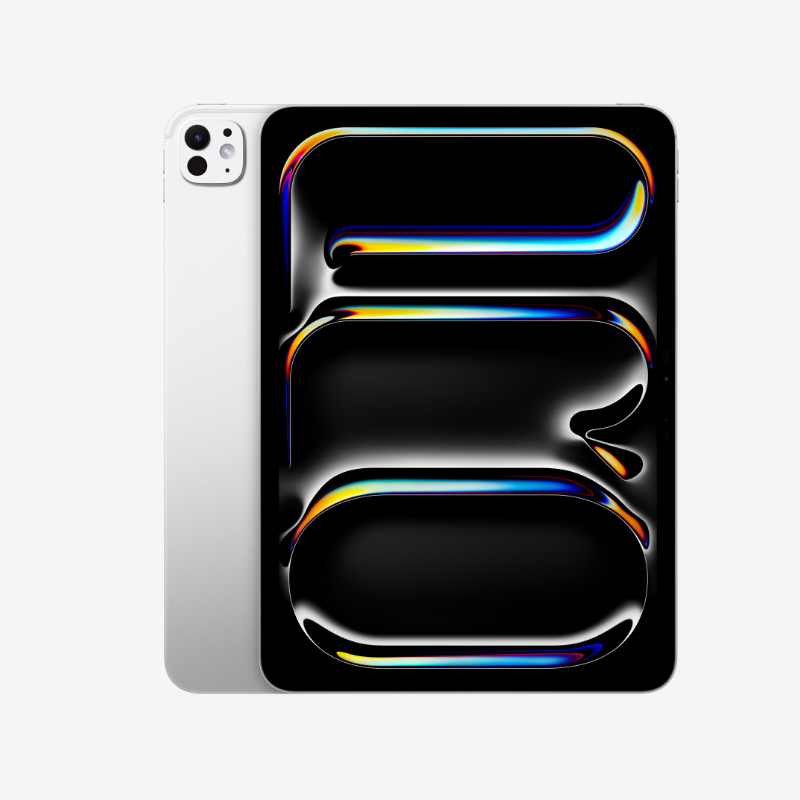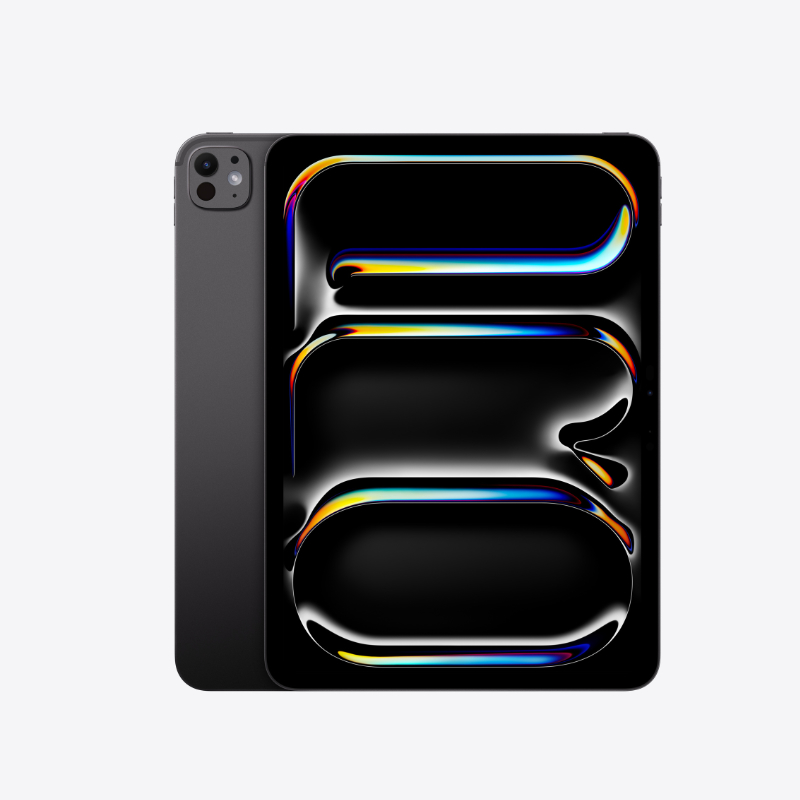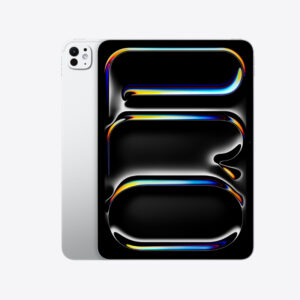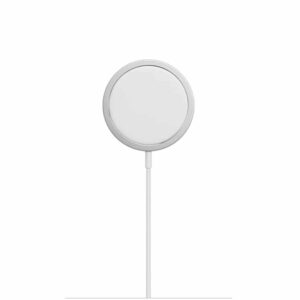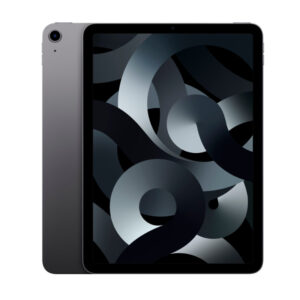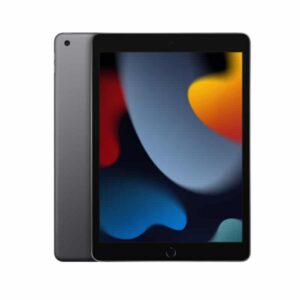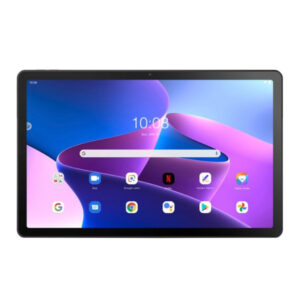No products in the cart.
iPad, Tablets
Call to buy: 0728-270-084
iPad Pro 11 M4 2024
iPad Pro 11 M4 2024 Key features
- Single Sim
- 3G, 4G, 5G, VoLTE, Wi-Fi
- Apple M2, Octa Core Processor
- 8 GB RAM
- 256GB, 512GB, 1TB INBUILT
- 7818.92 mAh Battery with Fast Charging
- 11 inches, 1640 x 2360 px Display
- 12 MP Rear & 12 MP Front Camera
- iPadOS v17.4
KSh 155,000 – KSh 252,000
-
iPad, Tablets
iPad Pro 11 M4 2024
Total sales: 2 pcs.iPad Pro 11 M4 2024 Key features
- Single Sim
- 3G, 4G, 5G, VoLTE, Wi-Fi
- Apple M2, Octa Core Processor
- 8 GB RAM
- 256GB, 512GB, 1TB INBUILT
- 7818.92 mAh Battery with Fast Charging
- 11 inches, 1640 x 2360 px Display
- 12 MP Rear & 12 MP Front Camera
- iPadOS v17.4
SKU: n/a
KSh 166,000 for 3 item(s)
iPad Pro 11-inch M4 2024 in Kenya
The iPad Pro 11 M4 2024 price in Kenya is 155,000. The iPad Pro 11 M4 2024 runs on the Apple M4 processor with Apple GPU (10-core graphics) GPU with up to 16 GB RAM and 2 TB of internal storage which is not expandable. The iPad Pro 11 (2024) has an 11.0-inch, 1668 x 2420 pixels display with a pixel density of 267 ppi. Coming to cameras, it has a 12 MP rear camera and a 12 MP front camera for selfies.
It has a USB Type-C port for data syncing and charging. There is a magnetic field sensor (compass) present on the iPad Pro 11 (2024) as well, along with a gyroscope sensor and accelerometer sensor. It is a single SIM slot with support for 4G LTE and Wi-Fi too. The iPad Pro 11 (2024) runs on iPadOS 17.4 and all this is powered by a 31.29 Wh battery. It measures 249.7 x 177.5 x 5.3 mm (height x width x thickness) with a total weight of 444 grams, 446 grams including battery.
Apple iPad Pro 11 M4 2024 Specifications
| Brand | Apple |
| Model | iPad Pro 11 2024 |
| Status | Available |
| Released | 2024, May |
| BODY | |
| Dimensions | 249.7 x 177.5 x 5.3 mm (9.83 x 6.99 x 0.21 in) |
| Weight | 444 g (Wi-Fi), 446 g (5G) (1.03 lb) |
| Colors | Space Gray, Silver, Rose Gold, Green, Sky Blue |
| Material | Glass front, aluminum back, aluminum frame |
| SIMs | eSIM |
| Water/Dust | Stylus support, bluetooth integration, magnetic (Apple Pencil Pro, Apple Pencil 2) |
| DISPLAY | |
| Size | 11.0 inches, |
| Type | Ultra Retina Tandem OLED, 120Hz, HDR10, Dolby Vision, 1000 nits (HBM), 1600 nits (peak) |
| Resolutions | 1668 x 2420 pixels, 3:2 rati |
| PPI | 264 ppi density |
| Multi touch | Yes |
| Protection | Scratch-resistant glass, oleophobic coating Antireflective coating Nano-texture display glass option on 1TB and 2TB models |
| NETWORKS | |
| 2G | GSM 850 / 900 / 1800 / 1900 |
| 3G | HSDPA 850 / 900 / 1700(AWS) / 1900 / 2100 |
| 4G | LTE |
| 5G | SA/NSA/Sub6 – International |
| Speed | HSPA, LTE (CA), 5G |
| GPRS | Yes |
| EDGE | Yes |
| CAMERA | |
| Rear Single | 12 MP, f/1.8, (wide), dual pixel PDAF TOF 3D LiDAR scanner (depth) |
| Features | Quad-LED dual-tone flash, HDR |
| Videos | 4K@24/25/30/60fps, 1080p@25/30/60/120/240fps; gyro-EIS, ProRes (4K, 1080p), Cinematic mode (4K, 1080p) |
| Front | 12 MP, f/2.4, 122˚ (ultrawide) Face detection, HDR, panorama 1080p@25/30/60fps, gyro-EIS, HDR |
| HARDWARE | |
| OS | iPadOS 17.4 |
| Chipset | Apple M4 |
| CPU | 9-core (3 performance cores, 6 efficiency cores) – 256/512GB models 10-core (4 performance cores, 6 efficiency cores) – 1/2TB models |
| GPU | Apple GPU (10-core graphics) |
| RAM | 8GB |
| Storage | 256GB / 512GB / 1TB |
| Card Slot | No |
| BATTERY | |
| Type | Li-Po |
| Capacity | 31.29 Wh |
| Removable | Non-Removable |
| Talk Time | N/A |
| Stand By | N/A |
| Charging | 18W wired |
| Wireless Charging | No |
| COMMONS | |
| Sound | Yes, with stereo speakers (4 speakers) 3.5mm jack |
| Sensors | Face ID, accelerometer, gyro, compass, barometer |
| Bluetooth | 5.3, A2DP, LE, EDR |
| GPS | GPS, GLONASS, GALILEO, QZSS (Wi‑Fi + Cellular model only) |
| USB | USB Type-C 4 (Thunderbolt 3), DisplayPort, magnetic connector |
| Wi Fi | Wi-Fi 802.11 a/b/g/n/ac/6e, dual-band, hotspot |
| NFC | No |
Check out the latest Apple products in Kenya on this website


